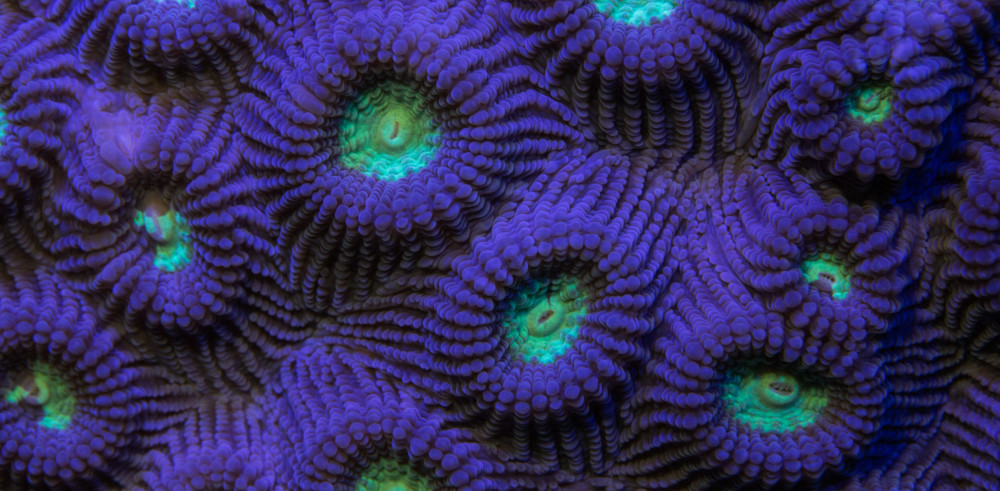The Amami woodcock (Scolopax mira) is considered a prefectural bird of Amami Island. They are a rare species mainly found on Amami and Tokuno islands. These ground dwelling birds are listed as vulnerable on the IUCN red list of threatened species.
- Scientific name: Scolopax mira
- Distribution: Amami, Tokuno and Northern Okinawa
- Habitat: leaf littered forests
- Diet: Beetles, crickets, moths, spiders, and worms
- Average Size: 34cm – 36mm
- Threats: Habitat loss and the introduced mongoose.
The Amami woodcock is a master of camouflage. It crouches down low and limits its movements in the leaf litter. When predators approach the woodcock will fly away in most cases.
In this case the female has chicks that she has to protect.
We managed to see one sub-adult, it quickly followed its mothers lead and fled the scene.
The mongoose is the biggest threat to the wildlife of the Ryukyu Islands. It was introduced to the Ryukyu Islands in the1900’s In order to reduce the venomous habu populations. All the islands are still battling this never ending problem.
All the photographs of the Amami woodcock were taken from the car through the back seat window. In the beginning, I had difficulty with the cameras auto-focus system. I adapted by mounting a Light&Motion GoBe light with a 500 search head to my tripod collar. This allowed the auto-focus system to be extremely responsive using the Canon EF100-400mm f/4.5-5.6L IS II USM.
People often ask me what is the purpose of conservation photography? Having the ability to affect some form of positive change in the environment and make a global difference with the photographs. Hopefully, the images will inspire people to care more about nature and make a positive difference in the environment.
Learn more about the Light&Motion GoBe Exploration light https://www.lightandmotion.com/choose-your-light/gobe
My Mission: To Document and Preserve the Wildlife of the Ryukyu Islands
This site is also designed to help people identify the beautiful animals of Okinawa, basically to serve as an online nature reference guide. If you would like to make a contribution to support my mission, please click on the donation link paypal.me/maketheswitch4nature
Your donations will help worldwide conservation initiatives as well as bring solutions to the worldwide pollution issues on our beautiful shorelines. Thank you for your support. Shawn M Miller.
Get Fa-Millerized with the Nature of the Ryukyu Islands – – – – SUBSCRIBE BELOW












